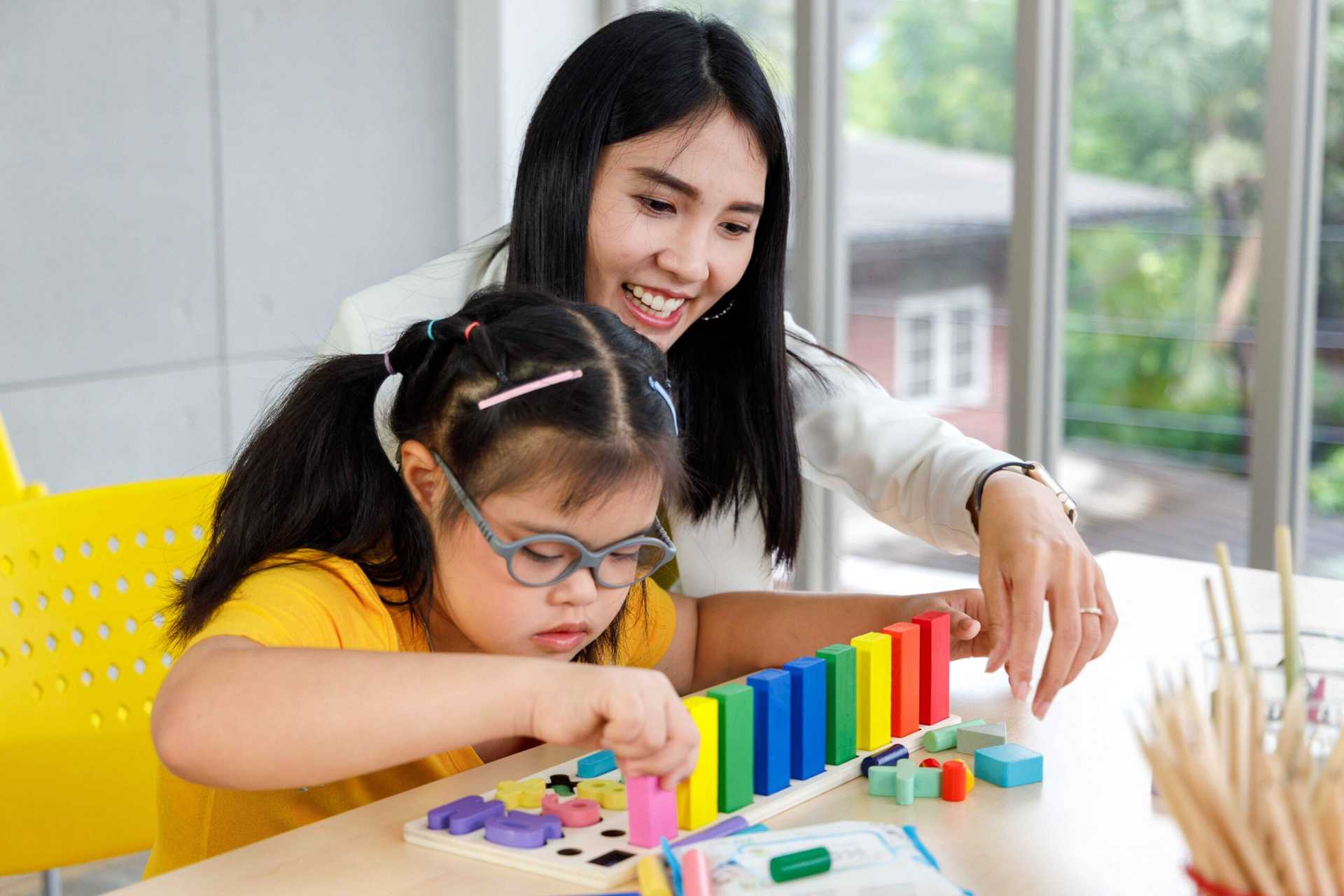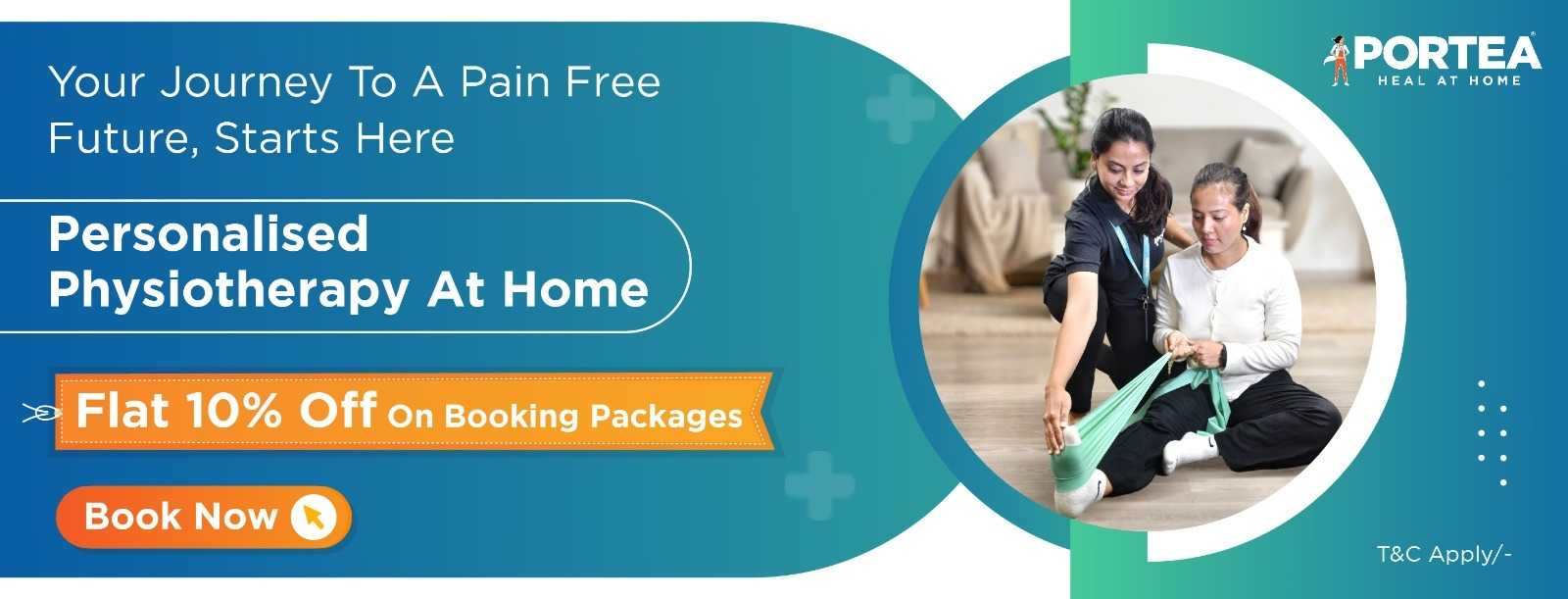
down’s syndrome


what is down’s syndrome?
Down’s syndrome is a genetic condition that occurs when an individual has an extra copy of chromosome 21, a phenomenon known as trisomy 21. This additional genetic material affects physical development, cognitive function, and overall growth. People with Down’s syndrome often face challenges in learning and health, yet with the right support, they can lead fulfilling and independent lives.
The condition is among the most common chromosomal abnormalities worldwide, affecting approximately 1 in 1,000 live births. Understanding its causes, features, and management is essential to provide individuals with the care and opportunities they need to thrive.
causes and risk factors
Down’s syndrome results from a genetic error during early fetal development. Typically, the extra chromosome arises due to an error in cell division, either during the formation of the egg or sperm or after conception. Although the exact cause remains unknown, certain factors increase the likelihood of this condition.
One of the most significant risk factors is maternal age. Women over 35 have a higher probability of giving birth to a child with Down’s syndrome due to changes in egg cell quality. Genetic predisposition, though less common, may also contribute, particularly in cases of translocation Down’s syndrome, where part of chromosome 21 attaches to another chromosome.
recognizing the features of down’s syndrome
Individuals with Down’s syndrome exhibit distinct physical characteristics that are often identifiable at birth. These include a flat nasal bridge, almond-shaped eyes that slant upward, a small mouth, and a single crease across the palm of the hand. Many also have short stature and low muscle tone, which can affect their ability to sit, crawl, or walk at expected developmental milestones.
Cognitive impairments in Down’s syndrome range from mild to moderate, influencing learning, memory, and problem-solving abilities. Additionally, medical complications are common, with many experiencing congenital heart defects, thyroid dysfunctions, respiratory issues, and hearing or vision impairments.
comprehensive care and management
Although there is no cure for Down’s syndrome, a combination of medical, educational, and therapeutic interventions can significantly improve the quality of life. Early intervention programs play a crucial role in addressing developmental delays and helping children achieve important milestones. These programs often include speech therapy to enhance communication, occupational therapy to improve daily living skills, and physiotherapy to build strength and coordination.
Routine medical care is equally important in managing associated health conditions. Regular check-ups and screenings help detect and treat issues such as heart defects, thyroid problems, and ear infections, which are more prevalent in individuals with Down’s syndrome. Nutritional support and physical activity further promote overall health and well-being.
preventing down’s syndrome
Down’s Syndrome itself cannot be prevented as it is a genetic condition, but proactive steps can help manage its risks and improve outcomes. Genetic counseling for families with a history of the condition can provide valuable guidance. Proper prenatal care, including regular ultrasounds and screening tests, ensures early detection. For children with Down’s Syndrome, early intervention therapies can aid in physical, cognitive, and social development, enhancing their quality of life.
the role of physiotherapy in down’s syndrome
Physiotherapy is a cornerstone of care for individuals with Down’s syndrome, addressing physical challenges such as low muscle tone, joint laxity, and motor skill delays. Targeted exercises focus on improving strength, posture, and balance, enabling better mobility and independence.
For children, physiotherapy helps in achieving milestones like sitting, standing, and walking, which might otherwise be delayed due to hypotonia (reduced muscle tone). For adults, it assists in maintaining mobility and preventing complications such as joint pain or postural issues. With the right guidance, physiotherapy empowers individuals to perform daily activities more effectively, boosting their confidence and self-reliance.
towards a better tomorrow
Understanding and addressing the needs of individuals with Down’s syndrome requires a multi-disciplinary approach that includes medical care, therapy, and emotional support. With early intervention, a nurturing environment, and dedicated resources, people with Down’s syndrome can overcome challenges and lead enriching lives.
Portea stands as a trusted partner in this journey, offering care that is as empathetic as it is effective. Together, we can create a supportive world where every individual, regardless of their genetic makeup, is valued and given the opportunity to thrive.
how portea supports families and individuals
Portea provides physiotherapy services designed to meet the unique needs of individuals with Down’s syndrome. Our home-based care ensures that therapy sessions are conducted in a familiar and comfortable environment, promoting better engagement and outcomes.
In addition, Portea offers specialized services for a range of conditions, including sports injuries, post-surgical rehabilitation, respiratory disorders, and neuro rehabilitation. Our expert physiotherapists use evidence-based approaches to address challenges such as stroke recovery, arthritis management, COPD, and slipped discs and more.
With Portea, you receive expert paralysis physiotherapy treatment at home, delivered by skilled physiotherapists dedicated to your recovery and well-being. Additionally, we offer a wide range of healthcare solutions, including doctor consultations,medical equipment, nursing care, and dedicated trained attendants ensuring personalized and high-quality care tailored to your needs.
By choosing Portea, families gain access to compassionate care delivered by highly trained professionals. Our personalized approach ensures that every individual receives tailored therapy, empowering them to achieve their full potential while relieving families of logistical burdens.
portea’s other physiotherapy services based on medical conditions
FAQ’s
1. What is the life expectancy for individuals with Down syndrome?
The average lifespan for people with Down syndrome is now approximately 60 years. In 1983, it was just 25 years, but improvements in healthcare and ending institutionalization have significantly increased life expectancy.
2. How can you support a child with Down syndrome?
Helpful Tips:
Praise them for new achievements to boost confidence.
Speak clearly and calmly to aid language learning.
Play, sing, and read together to enhance sounds and words recognition.
Demonstrate tasks instead of only giving verbal instructions, making it easier to follow.
3. Can a child with Down syndrome look like other children?
Not all individuals with Down syndrome share the same physical traits. While the condition includes certain features, people with Down syndrome often resemble their family members more than others with the condition.
4. What is the IQ range for individuals with Down syndrome?
Down syndrome, a common genetic condition, is associated with intellectual disabilities. The average IQ for children with Down syndrome is around 50, typically ranging from 30 to 70.
5. How is Down syndrome diagnosed?
Down syndrome can often be identified at birth through a physical exam. To confirm the diagnosis, healthcare providers perform a chromosomal karyotype test, which analyzes the baby’s chromosomes.
6. What are the strengths of individuals with Down syndrome?
People with Down syndrome often excel in visual learning, have a strong visual short-term memory, and demonstrate a high level of empathy and social understanding.
7. At what age does the risk of Down syndrome increase?
Down syndrome affects people of all races and backgrounds, but the likelihood increases with maternal age. The risk is approximately 1 in 1,250 at age 25, 1 in 1,000 at 31, 1 in 400 at 35, and 1 in 100 at 40. Notably, 80% of babies with Down syndrome are born to mothers under 35.
Doctor Consultation
Nursing
Physiotherapy
Trained Attendant
Elder Care
Mother & Baby Care
Lab Tests
Medical Equipment
Speciality Pharma
Critical Care






